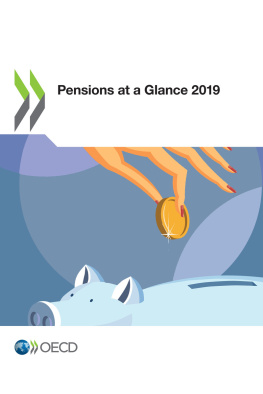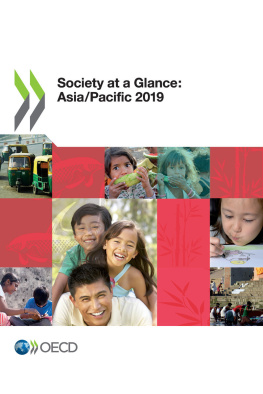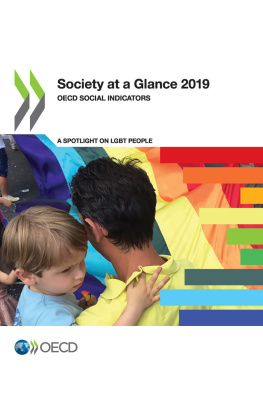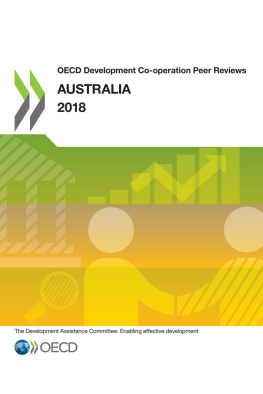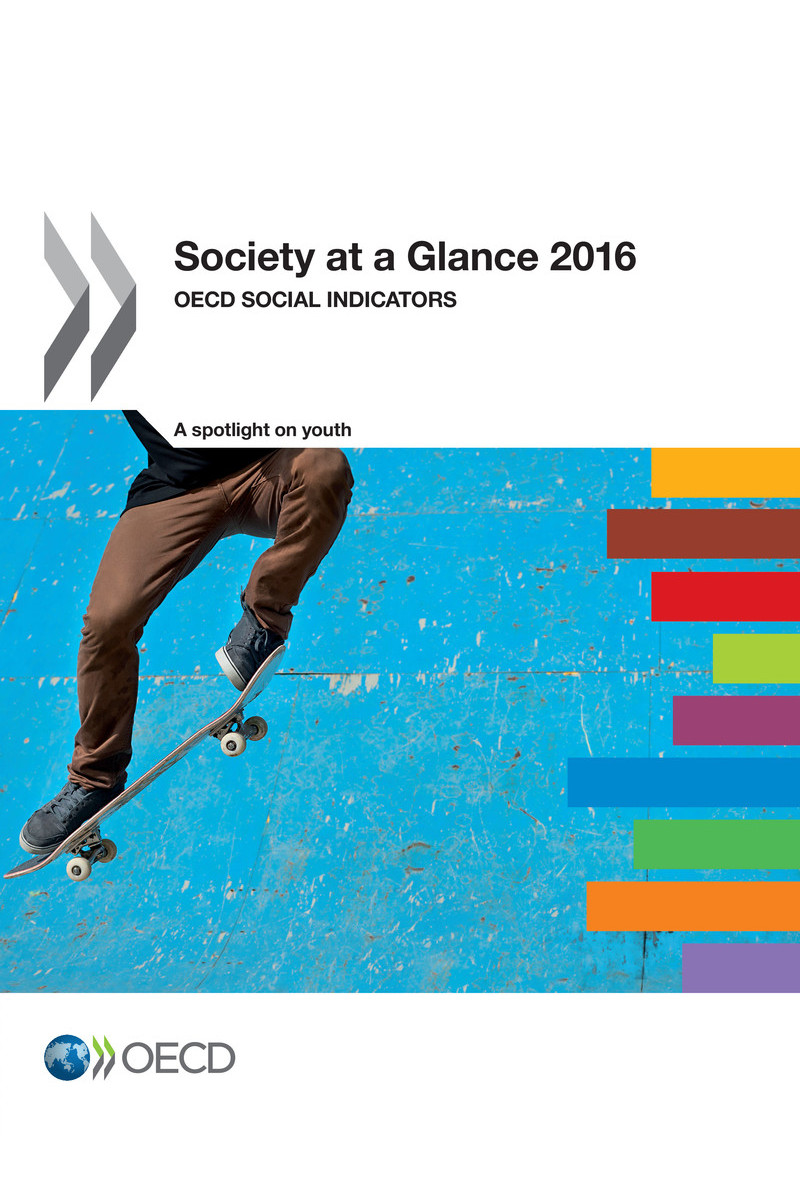Nous exprimentons ce nouveau format pour nos publications. En effet, mme si lePub est formidable pour des livres composs de texte linaire, le lecteur peut tre confront quelques dysfonctionnements avec les publications comportant des tableaux et des graphiques tout dpend du type de support de lecture que vous utilisez.
Comme ce format est encore en version bta, nous aimerions recevoir vos impressions et remarques sur votre exprience de lecture, bonne ou autre, pour que nous puissions lamliorer lavenir. Dans votre message, merci de bien vouloir nous indiquer prcisment quel appareil et quel systme dexploitation vous avez utilis ainsi que le titre de la publication concerne. Vous pouvez adresser vos remarques ladresse suivante :
OECD e-PUB editions - BETA VERSION
Congratulations and thank-you for downloading one of our brand-new ePub-in-beta editions.
We're experimenting with this new format and, while ePub is fantastic for books with linear text, for books with charts, tables and graphs weve found some things may not work perfectly it depends on the device youre using.
So, for an optimal reading experience, we recommend:
- Using the latest version of your devices operating system.
- Reading in portrait mode.
- If large tables are tricky to read, try reducing the text size.
As this is an ePub-in-beta edition, we would be glad to receive feedback on your reading experience, good or otherwise, so we can improve for the future. When writing, please let us know which device/operating system you were using and the title of the publication. Write to:
Thank you!
Society at a Glance 2016 OECD Social Indicators
Please cite this publication as:
OECD (2016), Society at a Glance 2016: OECD Social Indicators, OECD Publishing, Paris, http://dx.doi.org/10.1787/9789264261488-en.
Metadata, Legal and Rights
ISBN: 978-92-64-26153-2 (epub) - 978-92-64-26146-4 (print) - 978-92-64-26148-8 (pdf)
DOI: http://dx.doi.org/10.1787/9789264261488-en
Series: Society at a Glance
ISSN: 1995-3984 (print) - 1999-1290 (online)
This work is published under the responsibility of the Secretary-General of the OECD. The opinions expressed and arguments employed herein do not necessarily reflect the official views of OECD member countries.
This document and any map included herein are without prejudice to the status of or sovereignty over any territory, to the delimitation of international frontiers and boundaries and to the name of any territory, city or area.
The statistical data for Israel are supplied by and under the responsibility of the relevant Israeli authorities. The use of such data by the OECD is without prejudice to the status of the Golan Heights, East Jerusalem and Israeli settlements in the West Bank under the terms of international law.
Photo credits: Cover pio3/Shutterstock.com; Chapter 3: Stockbyte/Getty Images; Chapter 4: Maria Taglienti-Molinari/Brand X/Corbis; Chapter 5: Mauricio Graiki/Shutterstock.com; Chapter 6: Helen King/Corbis; Chapter 7: Daniel Boiteau/Fotolia.com
Corrigenda to OECD publications may be found on line at: www.oecd.org/about/publishing/corrigenda.htm.
OECD 2016
You can copy, download or print OECD content for your own use, and you can include excerpts from OECD publications, databases and multimedia products in your own documents, presentations, blogs, websites and teaching materials, provided that suitable acknowledgement of OECD as source and copyright owner is given. All requests for public or commercial use and translation rights should be submitted to .
Foreword
This is the eighth edition of Society at a Glance , the OECDs biennial overview of social indicators. As with its predecessors, this report addresses the growing demand for quantitative evidence on social well-being and its trends across OECD countries. It updates some indicators included in the previous seven editions and introduces several new ones. Data on Argentina, Brazil, China, Colombia, Costa Rica, India, Indonesia, Lithuania, the Russian Federation, Saudi Arabia and South Africa are included separately where available.
The Great Recession caused sweeping job losses across the OECD, and young people were hit particularly hard. So far, the recovery has been too weak to bring young people and notably the low-skilled back into employment. Eight years after the beginning of the crisis, still about 40 million young people are neither employed nor in education or training (NEET). But the roots of the problem go deeper: many lack the qualifications to find a job, while others struggle with personal or social problems. In the long term, joblessness and inactivity can generate isolation and withdrawal from society and endanger social cohesion. The great challenge for governments in the years to come is therefore to devise policies which equip young people with the professional skills they need and help disengaged youth overcome obstacles to education and employment.
This edition of Society at a Glance portrays at-risk youth and surveys policies designed to promote a smooth transition from school to work. ).
This report was prepared by Stphane Carcillo (project leader), Pauline Fron, Raphaela Hyee, Claire Keane, Sebastian Knigs and Maxime Ladaique. Nelly Biondi, Chris Clarke, Rodrigo Fernandez, Michael Frster, Gatan Lafortune, Marlne Mohier all made valuable contributions. Monika Queisser, Head of the OECD Social Policy Division, supervised the report.
Acronyms and conventional signs
OECD country ISO codes
Australia | AUS | Korea | KOR |
Austria | AUT | Latvia | LVA |
Belgium | BEL | Luxembourg | LUX |
Canada | CAN | Mexico | MEX |
Chile | CHL | Netherlands | NLD |
Czech Republic | CZE | New Zealand | NZL |
Denmark | DNK | Norway | NOR |
Estonia | EST | Poland | POL |
Finland | FIN | Portugal | PRT |
France | FRA | Slovak Republic | SVK |
Germany | DEU | Slovenia | SVN |
Greece | GRC | Spain | ESP |
Hungary | HUN |









